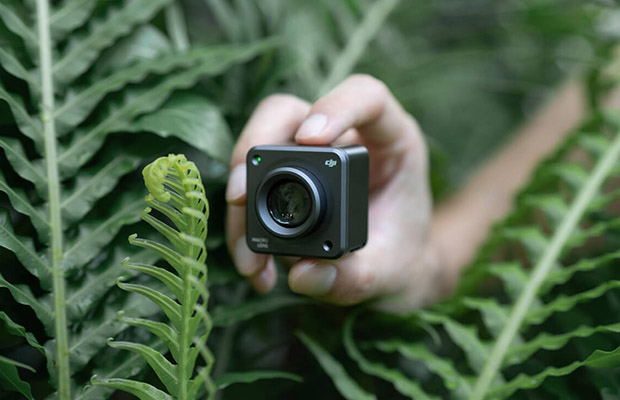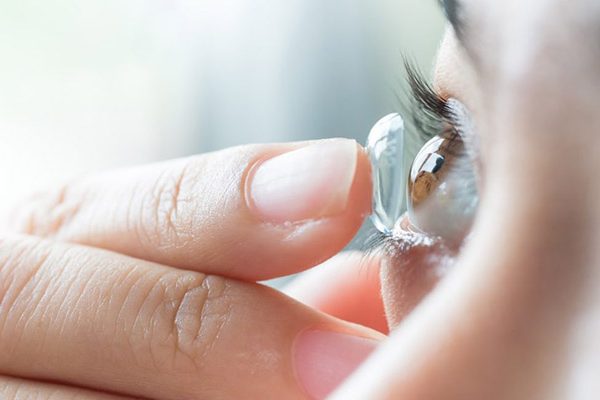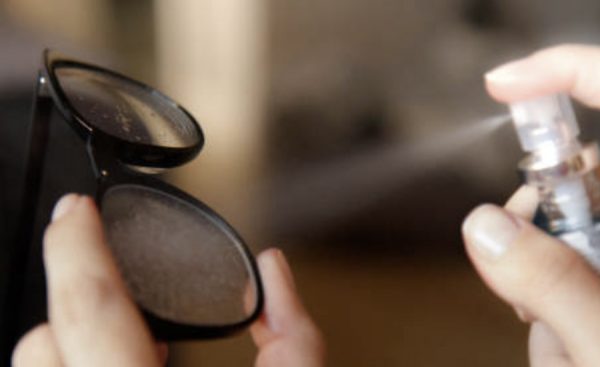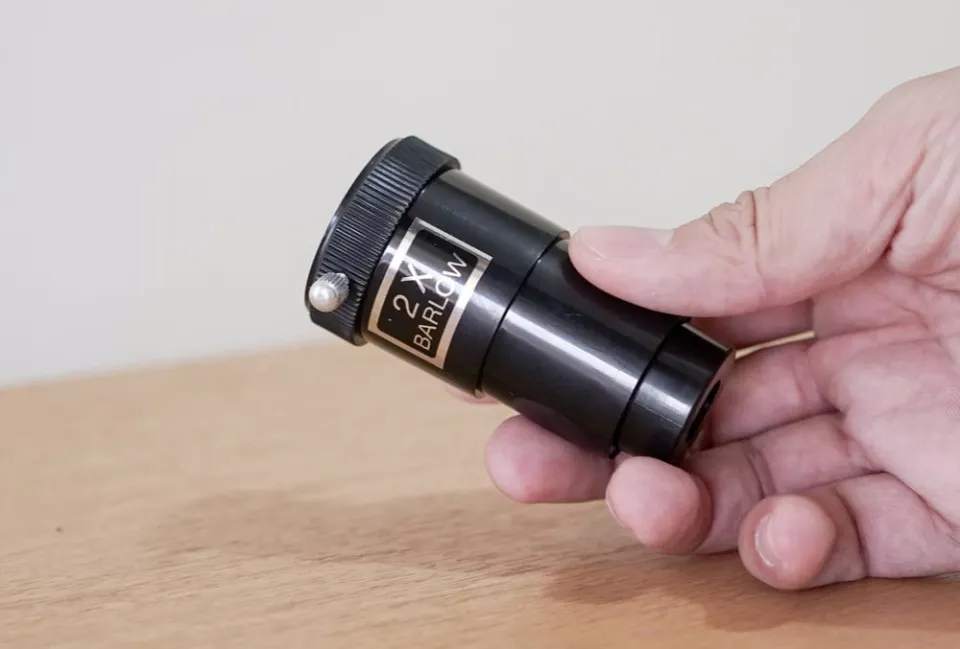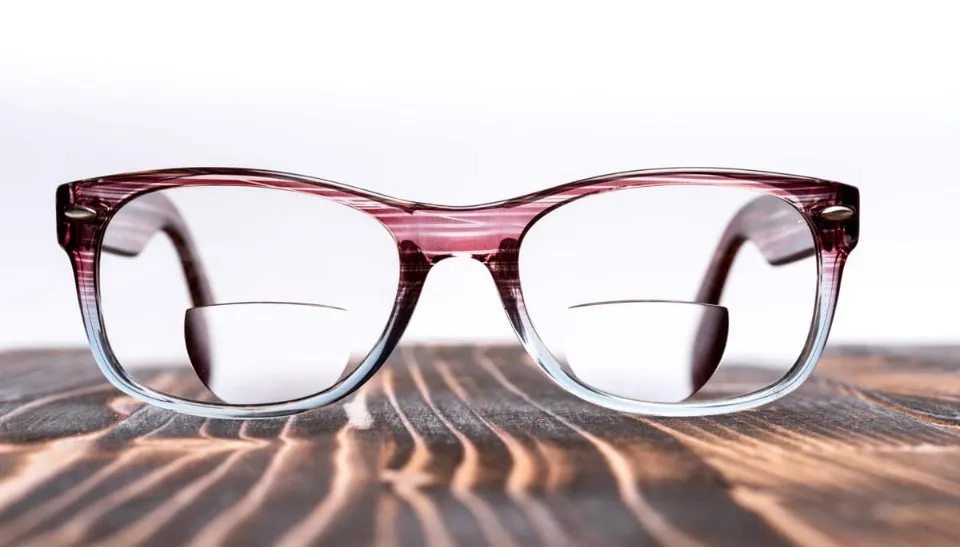You’ve probably spent a lot of time experimenting with your camera as a beginner, trying out various compositions, lighting setups, and, of course, subjects and backgrounds.
What is a macro lens? A macro lens is a lens designed to focus very closely on a subject, making it appear huge in the viewfinder (and in the final image).
Keep reading and learn more about macro photography and macro lens.
Table of Contents
- What Is Macro Photography?
- What Is A Macro Lens?
- Function Of Macro Lens
- Best Focal Length For A Macro Lens
- What Distinguishes A Macro Lens From Others?
- Pros And Cons Of Macro Lens
- Macro Lens Vs. Regular Lens
- Macro Lens Vs. Zoom Lens
- How To Tell If A Lens Is Macro?
- Can You Use A Macro Lens As A Regular Lens?
- Price Of Macro Lens
- Macro Lens Usage Tips
What Is Macro Photography?
Macro photography is all about exploring tiny worlds by shooting extreme close-up photos of minuscule objects like small insects, flowers, or water droplets. It’s regarded by many as a fascinating subset of photography. It enables a close-up, almost otherworldly perspective on some of the things that are observed every day.
So that you can shoot true macro, you’re going to need one important tool: a specialized camera lens that offers superior magnification capabilities—aptly called a macro lens. You may be able to replicate the same results with certain accessories for macro photography such as a reversing ring (which allows you to mount a regular lens on your camera backward to replicate a macro lens) or an inexpensive close-up lens filter, but a dedicated macro lens will always be your best bet.
You undoubtedly have many questions given that you are new. What distinguishes a macro lens from other lenses? Is it the same as a telephoto or zoom lens? What kind of focal length is ideal? What magnification does a real macro lens have? Or, what can a macro lens do for a camera?
Prior to learning how to take macro photos, you must familiarize yourself with the equipment you’ll need and how to use it effectively. But first, let’s answer the basic question about macro shooting: “What is a macro lens?”
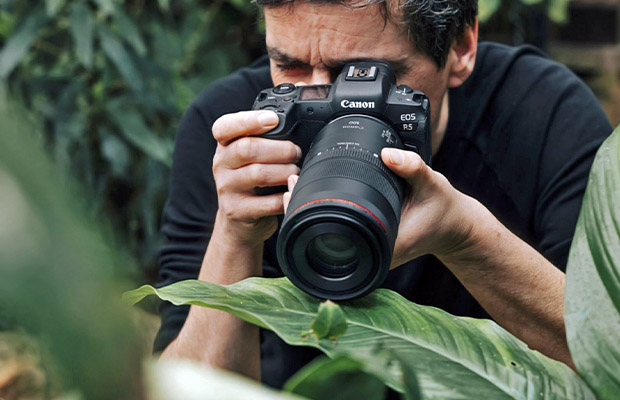
What Is A Macro Lens?
If you want to capture the smallest details, such as those of tiny living things or tiny objects like jewelry, you should use a macro lens. Close-up lenses are another name for macro lenses.
Macro lenses let you concentrate on a very small area of an image that is typically larger than life-size. These lenses are made for extremely close-up photography and have a very short focal length.
The best interchangeable-lens cameras for using macro lenses are film or digital cameras, though they can be used with other types of cameras as well.
Read More:
Function Of Macro Lens
Naturally, close-up photography requires macro lenses. But what else can a macro lens do besides capture incredibly sharp images of small objects?
It’s a common misconception that macros aren’t very versatile, but this is actually untrue. The lens is excellent for photographing newborns, to start with. It works especially well when photographing small details like a baby’s fingernails, toes, or eyelashes. It’s a fantastic lens for product photography as well, especially if you’re working with smaller items.
You can use your macro lens as a portrait lens as well. Considering how well it captures detail, it is actually useful for portraiture. Additionally, it enables you to focus correctly even when you are very close to the object. Additionally, the macro lens is available in focal lengths that are excellent for portrait photography.
Best Focal Length For A Macro Lens
A variety of focal lengths are available for macro lenses as well. The best lenses, however, are typically long-barreled and are typically no shorter than 40 to 60mm because macro photography works with incredibly close focusing distances.
Macro Focal Lengths And Their Different Uses:
- 45 to 65mm: best macro lens focal length for product photography, shooting small subjects that you can get very close to without scaring it away, and capturing scenes that require a natural background perspective
- 90 to 105mm: best macro lens focal length for shooting insects, small animals, flowers, plants, and other small subjects that you can still shoot from a comfortable distance
- 150 to 200mm: best macro lens focal length for shooting insects and other small subjects that require you to be farther away while still maintaining the closest focusing distance
- Variable focal length – best macro lens focal length for multipurpose macro shooting
A prime lens with a fixed focal length is the best kind of macro lens to use. Both zoom and prime macros are available, but if you want 1:1 magnification, a prime is the better option. In general, macro zooms are not actually macro. However, they are still capable of providing close focusing distances and high magnification ratios.
What Distinguishes A Macro Lens From Others?
A macro lens is a unique kind of camera lens with the capacity to work at very close focusing distances, capturing sharp images of very small subjects.
A true macro lens has a minimum focusing distance of about 30 cm and a 1:1 (or higher) magnification ratio.
What does that entail, then?
A 1:1 magnification ratio indicates that your subject’s size on the sensor plane is equal to or greater than its size in real life. Because of this, macro lenses are able to capture incredibly sharp, up-close pictures of things like insects.
It’s a macro lens if you see one with a 1:1, 2:1, 3:1, etc. magnification ratio.
A macro lens is not one with a magnification ratio of 1:2, 1:3, 1:4, etc.
However, macro lenses are useful for taking more detailed, up-close photos as well. Your macro lens can also be a fantastic portrait lens, which is perfect for food photography, depending on the focal length you select.
Pros And Cons Of Macro Lens
Reproducing small subjects at their actual size or larger is a macro lens’ main benefit. You can focus at closer ranges and thus record a lot of fine details. From nature to portrait and food photography, you can use it for any kind of photography that calls for close-ups.
A dedicated macro lens frequently has a wide aperture opening that enables you to produce a shallow depth of field, which is great for blurring a busy background or achieving the bokeh effect.
So, if you think the answer to “What is a macro lens?” is a specialized lens that you can only use to photograph insects and droplets, think again.
You have much more creative freedom when using macro lenses, which are excellent for taking pictures of people and landscapes. They also have a fantastic image stabilization system that makes it possible to take sharp pictures while holding the camera in your hand.
What some photographers might see as a benefit, others might see as a drawback. For instance, specialized macro lenses are frequently prime lenses with a fixed focal length, so you aren’t able to zoom in or out with a macro lens.
The size and weight of the lens are different issues. Because the depth of field is so shallow when you are very close to your subject, macro lenses are very challenging to use at close ranges. They also frequently cost more.
Macro lenses are less adaptable than regular lenses if you’re a beginner who hasn’t decided on a particular photography aesthetic. Not because they are, but rather because they require more practice to master due to their steeper learning curve.
Macro Lens Vs. Regular Lens
Considering the price of a performing macro lens, “What is one thing that a macro lens excels at over a regular lens?” is a legitimate question.
In order to fill the frame with a tiny subject and capture all of its details, dedicated macro lenses have a magnification ratio of at least 1:1. They also allow you to get very close to the subject due to their short minimum focus distance.
A different lens’s minimum focus distance is greater and its magnification ratio is lower. Therefore, macro lenses can capture details that are hardly discernible to the human eye or other lenses.
Macro Lens Vs. Zoom Lens
What Distinguishes A Macro Lens From A Zoom Lens? A macro lens is a lens that is made to focus on a particular object at an extremely close range. For instance, you can use a macro lens to capture images of tiny insects and flowers.
A macro lens typically has a focal length of 50 to 100mm. This indicates that a 1:1 ratio image can be captured by the camera.
In other words, if you use a macro lens and get really close to your subject, the entire viewfinder will be covered. The ability to capture fine details of your subject is the main benefit of using a macro lens.
For instance, when photographing flowers, you can get up close and personal with all the minute details on their petals, which results in some breathtaking images! Now let’s discuss zoom lenses. Wide-angle zoom lenses and telephoto zoom lenses are the two additional categories that can be applied to zoom lenses.
These two varieties of zoom lenses differ primarily in their focal length range and method of use. In contrast to telephoto zoom lenses, wide-angle zoom lenses have a wider range of focal lengths.
How To Tell If A Lens Is Macro?
The magnification ratio holds the key to true macro photography. Knowing the magnification of a true macro lens will help you choose the best one.
A macro lens’s magnification ratio is one to one or greater (e.g., 2:1, 5:1, 10:1), meaning your subject will be at least its natural size on the sensor. Additionally, because of their short minimum focusing distance, you can get very close to the subject while maintaining focus.
Lens manufacturers add the word “macro” or “micro” to their lenses’ names to guide your shopping. To get closer to your subject without actually taking a macro photograph, some zoom lenses have a macro feature. Look for a 1:1 magnification ratio to ensure you get a genuine macro lens.
Can You Use A Macro Lens As A Regular Lens?
Is it possible to use a macro lens as a regular lens? Will it be primarily focused on distant objects? Yes is the obvious response. A macro lens might even be sharper than a regular lens in some situations.
Some individuals believe that the only purpose of a macro lens is for taking extremely close-up photographs. That is absolutely untrue.
A macro lens can resolve more detail because it has more elements. This enables you to improve the sharpness and clarity of your images.
In addition to being sharper than a typical zoom lens, it also has a shallower depth of field. As a result, you can isolate your subject from the background without having to use a lot of additional post-processing software.
Having more working space between you and your subject is yet another benefit of using a macro lens. For instance, if you’re photographing bugs or other small animals, you need to get a shot of them before they flee and hide in the grass or other vegetation.
Price Of Macro Lens
It’s not simple to determine a macro lens’ price. What is the foundation for it? What are your rivals up to? Exist any additional macro lenses? Although there isn’t a set pricing scheme for macro lenses, the information in this article will help you determine your lens’s starting price.
Desire: Given the popularity of macro photography, it is likely that someone would be willing to pay more for a high-quality macro lens. In fact, there are a lot of people out there who want to start macro photography but lack the funds for a professional lens.
It might be possible to take some respectable photos with a less expensive lens with enough preparation and expertise. Don’t expect to get the same results as someone who uses a professional lens, though, unless you’re willing to put in the time to improve your abilities.
Knowledge: Many people assert that you can take excellent pictures with inexpensive equipment if you have good lighting and know how to use it (a prime example of this is Jesus Diaz). While this might be true for some subjects (such as flowers), good close-up photography requires time and practice.
Macro Lens Usage Tips
There are many macro lenses available, but only a select few are notable. Many people who enjoy macro photography have purchased lenses but are still unsure of how to use them.
For this reason, we will guide you in selecting the best lens for your requirements and provide some straightforward usage advice. Macro lenses can be categorized into three price ranges depending on how much you’re willing to spend: entry-level, midrange, and upscale.
Lenses at a Low Price: Raynox (M67 model) and Rokinon (35mm model) are the two principal manufacturers of macro lenses at a low price. They are affordably priced, running between $50 and $100.
However, these lenses are not the best option for serious macro photographers due to their dramatic loss at the frame’s edges when shooting at a distance or with a small aperture. The image up top serves as an illustration of how hazy the corners can become.

